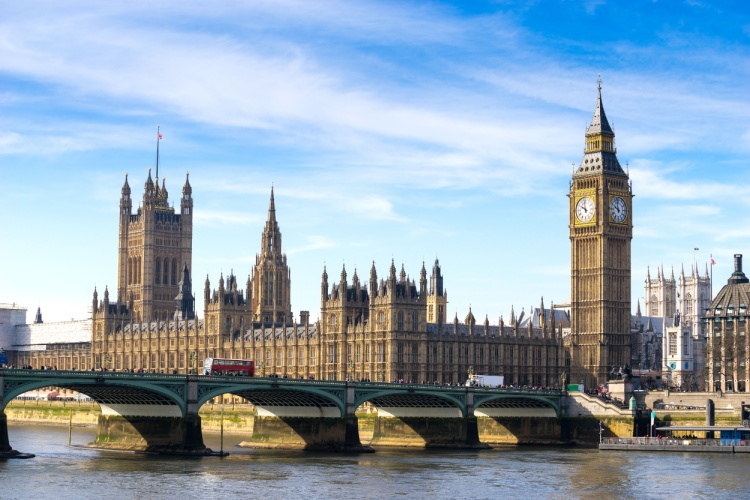Article posted: 22 August 2012
Some investors are now accepting negative interest rates.
While the much of the media attention has been on the high rates of interest that Spain and Italy are suffering, at the other end of Europe some countries are now paying negative interest. Germany, the Netherlands and Denmark have now been dubbed ‘Club Neg’ (a play on the so-called ‘Club Med’ problem economies of Spain, Greece, Italy and Portugal). Last month Germany sold two-year government bonds offering investors a return of -0.06%.
There are three main reasons why investors are willing to pay rather than earn interest:
- In July the European Central Bank (ECB) reduced to nil the interest it offered on deposits received from commercial banks. The aim was to encourage banks to put their money elsewhere.
- The problems in the Club Med group have driven many of their wealthier residents and other euro-investors to seek safety, rather than yield. As several commentators have remarked, return of capital has become more important than return on capital.
- There is a shortage of top-quality secure assets, such as short-term bonds from AAA-rated issuers (e.g. Germany). Supply is being outstripped by demand, which has been exacerbated by the ECB’s zero-interest policy.
Negative interest rates are nothing new, but in the past they have been usually associated with short term actions by countries trying to stop speculative inflows of ‘hot money’ – Switzerland being a classic example. This time around it looks as if negative rates will not be disappearing quickly. Indeed, there is a possibility of them spreading further: there have been calls for both the Bank of England and the US Federal Reserve to follow the ECB’s lead. We do not have far to go – the UK’s two-year gilts yield just 0.1%.




